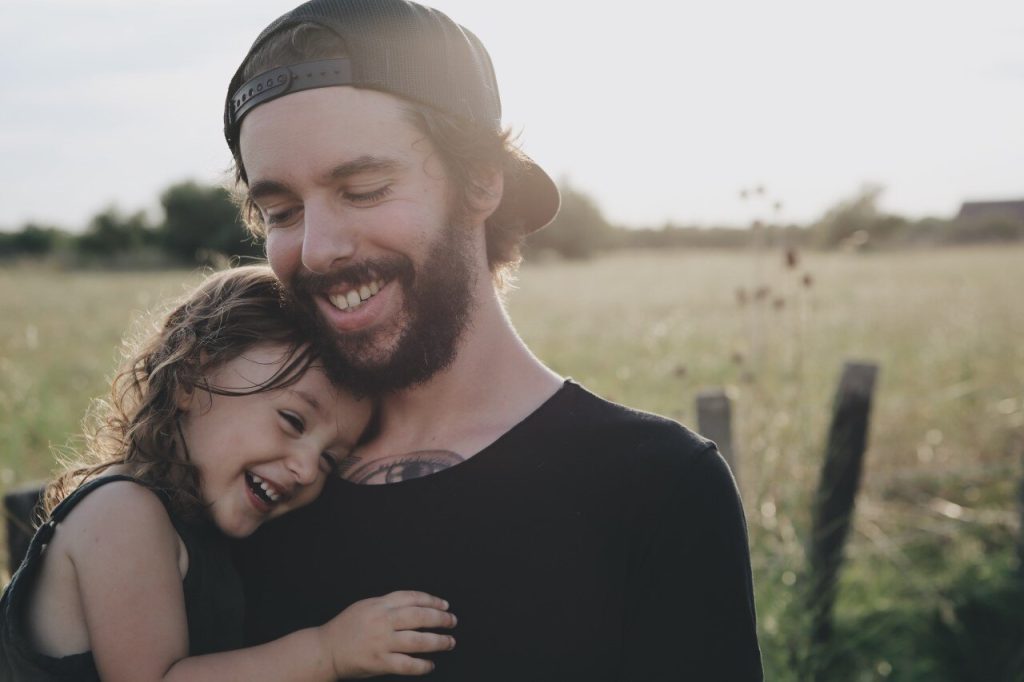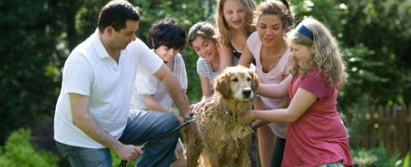Part One – Facing the Crisis
In a heart-rendering story, posted online by the Partnership to End Addiction, Rachel Voltz shared the story of her step-brother Billy.
“He was not shy with the ladies and always had an air about him that made his presence known when he walked into the room.,” she said with affection.
But Billy had a problem. And even though they were aware of it, his family did not realize how quickly his addiction had spiraled out of control.
During a week that should have been a beautiful one, Rachel’s dad married Billy’s mom. Then, while they were on their honeymoon, they got the call that Billy’s addiction had taken his life.
“My dad had to tell his new wife, that her only son, the son she raised largely as a single mother, died from an overdose,” Rachel said. “It was truly a life-changing event that painstakingly caused our family to love one another a little more deeply and have more patience with each other.”
What is the one thing that Billy had in common with many who use drugs? He was raised in a home without a father. Surprisingly, studies on crime, poverty, drug and alcohol abuse, sexual abuse, suicide, high school drop-out rates, and behavioral disorders find that many of these troubled young men and women share the same commonality.
In October of 2014, lawyer, inspirational speaker, life coach and TV personality Iyanla Vincent brought the statistics to life on her show – Iyanla Fix My Life: Six Men, 87 Children with 50 Women.
“These men collectively have 87 children with 50 women. That is 187 people who are impacted by choices and decisions that they’ve made,” Iyanla said. “I have some stats for you. Fatherless children – and I say fatherless because – six men with 87 children – even if you’re there, there are pieces that are going to be missing. Children from fatherless homes in this country are five times more likely to commit suicide, 32 times more likely to run away, 20 times more likely to have a behavioral disorder, 14 times more likely to become sexually aggressive or to commit rape, 10 times more likely to engage in drug abuse. It breaks my heart. No heat, no judgement. But we have got to do better.”
The information shared then was not new, but those statistics stand today. An August 4, 2020 article says the number of children growing up in fatherless homes “has reached concerning levels,” with resulting problems that extend into adolescence and adulthood, including an increased risk of substance use, depression, suicide, poor school performance, and contact with the criminal justice system. Indeed, a 2012 study from the University of Pennsylvania showed that 80% of those convicted of homicide come from single-parent homes.
So, how do we turn these statistics around?
The National Fatherhood Initiative says men should consider these questions before becoming a father.
· 1. Do you know how important you will be in your children’s lives?
· 2. Do you know how to be an involved dad?
· 3. Do you know that parenting is a team sport?
· 4. Do you know that kids spell love T-I-M-E?
· 5. Do you know how your relationship with your dad will affect you as a dad?
· 6. Do you have the drive and desire to be a good dad?
· 7. Are you prepared to provide?
· 8. Are you prepared to nurture?
· 9. Are you prepared to guide?
· 10. Are you ready to be a role model?
· 11. Are you ready to commit for life to the mother of your children?
· 12. Are you ready for the in-laws and the rest of the family?
The issue that Iyanla voiced needs to be addressed. Isn’t it time we make relationship education a priority, so that marriages and families can learn how to thrive, keeping fathers in the home? We could lower the poverty rates in this country, see suicide and sexual abuse numbers drop. School dropout rates would fall, drug abuse would be diminished, and we could see crime rates drop as well. More children are equipped to grow emotionally strong when we put the emphasis on marriage and commitment.
At the time of her show, television host, Iyanla reached a large audience. Yet, not much has changed. In an August 2020 article by Kay Hymowitz for the Institute of Family Studies, the author named – lower school achievement, more discipline problems, school suspensions, lower high school graduation rates, lower college attendance, more crime and incarceration, less success in the labor market, and a higher likelihood to become single parents themselves – all as the consequence of growing up in a fatherless home.
On Iyanla’s show, one father spoke of how he’d already become a grandfather, with one daughter – not married – having a child, and one son – not married – expecting his first child. This is the pattern families fall into when there is no example to follow, and no sign of the relationship education needed to change generational patterns.
Tears fell from mothers in the audience when the fathers on Iyanla’s show shared their feelings of helplessness. And when their mom’s expressed their emotional state after being deserted to raise their children alone, fathers in the audience cried as well.
Iyanla reached out to the mothers, digging at the roots. One mom spoke directly to her son, apologizing for the rage she’d aimed at him over the years. It was a rage drawn from anger at her own father for not being there, and at his father for deserting her – a rage born of desperation and loneliness, one cultivated through generations of patterned behavior. Tearfully, she apologized for burying her anger in drug use when her son was young, and for the impact it had on his life. Healing began to unfold.
Healing is magical – but prevention is even better. Forty percent of children born in the US today are born to unmarried mothers. The 2017 US Census Bureau reported 19.7 million children (more than one in four) living without a father in the home. That is more than 20 million children, an epidemic worthy of attention as a national emergency.
Where do we begin? Relationship education is the starting point. The Marriage and Relationship Education Center understands this. Pre-marriage classes, marriage conferences, relationship education for students, and family education… These are the things that make a difference. Together, we can bring about change and build stronger foundations for couples, students and families.
(Part Two of this article offers tips for fathers.)
– Lois Szymanski
If you liked this article, please consider choosing the Marriage and Relationship Education Center as your charity of choice on Smile.Amazon.com, or donate to us HERE. Thank you for your support!





